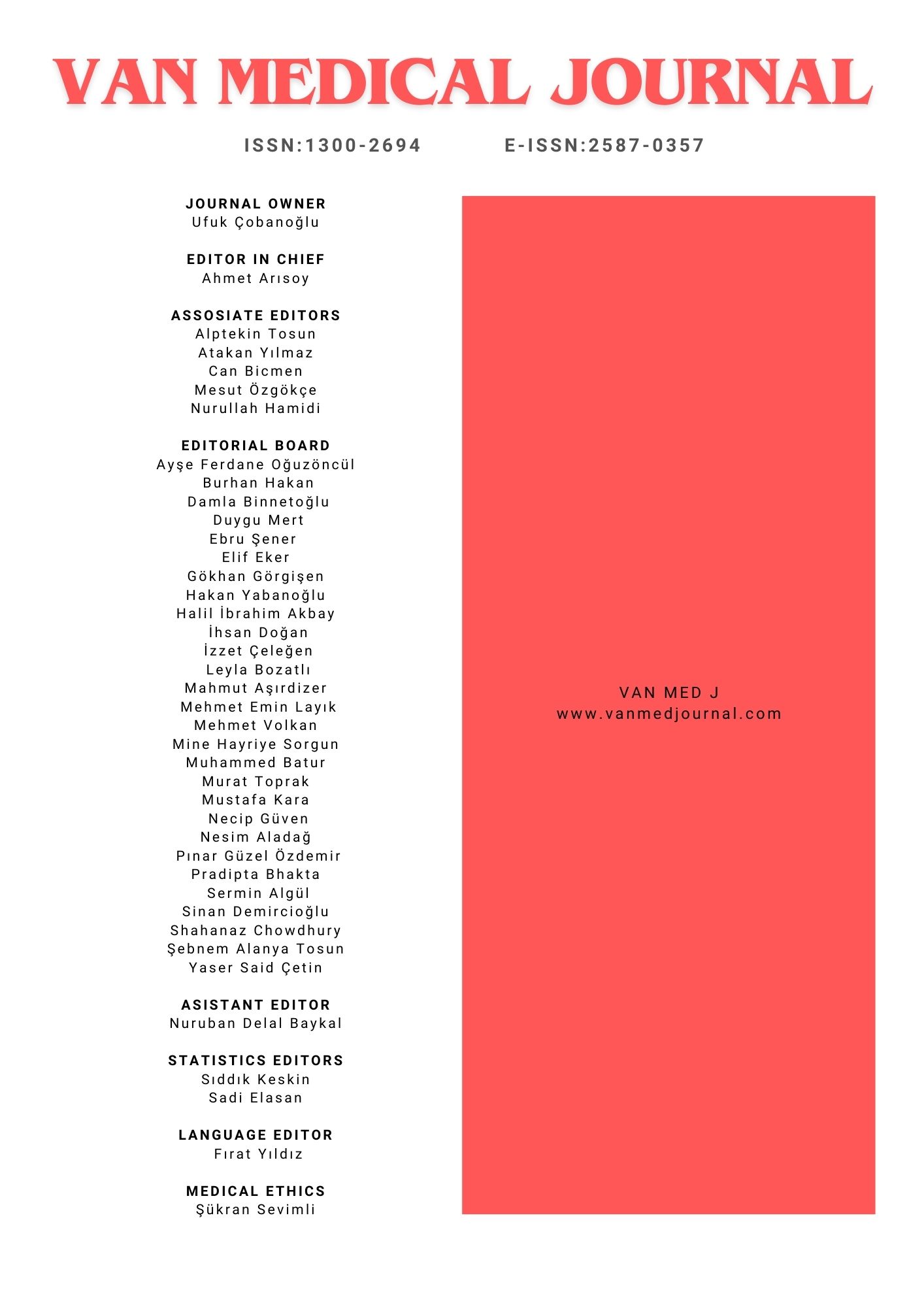Comparison of Emergency and Elective Carotid Artery Stenting Treatments: A Single-Center Experience
Eyüp Kaya1, Mehmet Yucel1, Mehmet Tahtabasi2, Eyüp Camurcuoglu3, Lokman Tacar1, A.Serdar Özdemir1, Gülüstan Şeyhanlı4, Veysel Kaya11Harran University, Harran Faculty Of Medicine, Department Of Radiology, Şanlıurfa, Turkey2University Of Health Science, Mehmet Akif Inan Education And Research Hospital, Department Of Radiology, Şanlıurfa, Turkey
3University Of Health Science, Bakırköy Dr. Sadi Konuk Education And Research Hospital, Department Of Radiology, Istanbul, Turkey
4University Of Health Science, Mehmet Akif Inan Education And Research Hospital, Department Of Neurology, Şanlıurfa, Turkey
INTRODUCTION: This study aimed to compare the clinical and radiological outcomes of emergency and elective carotid artery stenting (CAS) in symptomatic carotid artery stenosis.
METHODS: A retrospective analysis was conducted on 115 patients who underwent CAS for internal carotid artery (ICA) stenosis in our center between January 2020 and May 2023. Patients were categorized as emergency or elective CAS. Data on demographics, comorbidities, symptomatic status, acute ischemic infarction history, stenosis degree, plaque characteristics, procedural details, intensive care need(>48 hours), hospital stay, and mortality rate were recorded.
RESULTS: Of 115 patients, 68(59.1%) were male, with a mean age of 69.87±9.17 years. Hypertension (73.9%) was the most common comorbidity. Elective CAS was performed in 96 patients (83.5%) and emergency CAS in 19(16.5%). Emergency CAS patients had higher rates of ulcerated plaques (47.4% vs. 13.5%, p<0.001), cerebral infarction (84.2% vs. 3.1%, p<0.001), dissection (26.3% vs. 0%, p<0.001), and plaque thrombus (26.3% vs. 1%, p<0.001). Hospital stay was longer in the emergency CAS group (4.74±2.07 vs. 3.63±2.05 days, p=0.033). Myocardial infarction (0% vs. 1%, p=0.946), extracranial complications (5.3% vs. 1%, p=0.835), and mortality (10.5% vs. 3.1%, p=0.190) did not differ significantly. In patients with severe stenosis (≥90%), the rate of tandem lesions was higher (p=0.010), periprocedural mortality (p=0.037) and prolonged intensive care duration (p=0.017) and the rate of predilatation application (p=0.002) were significantly higher compared to the other groups.
DISCUSSION AND CONCLUSION: Emergency CAS is feasible and effective in selected high-risk patients with symptomatic carotid stenosis. However, given the higher risk profile, careful patient selection and perioperative management are crucial.
Keywords: Carotid artery stenosis, carotid artery stenting, emergency treatment, elective treatment, stroke, periprocedural complications
Manuscript Language: English

